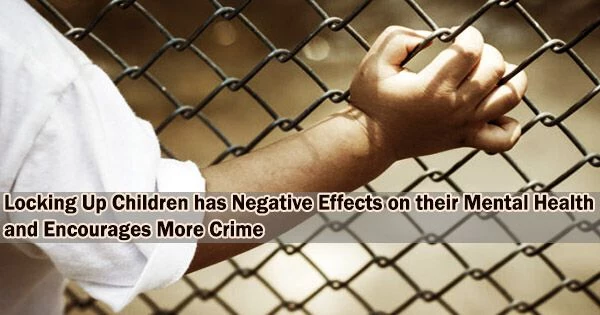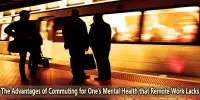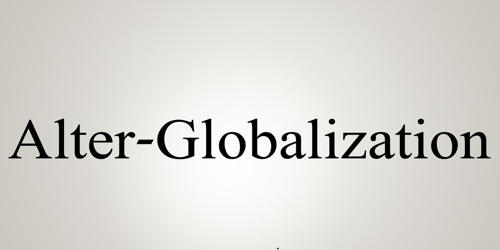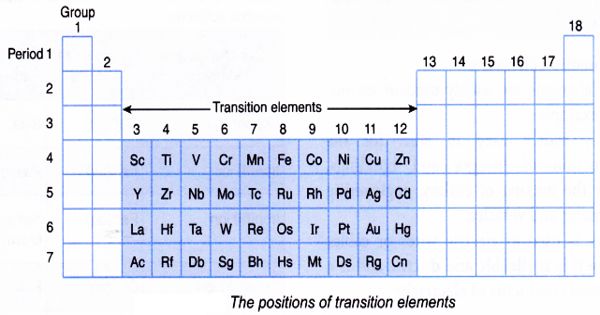The appalling conditions for young Aboriginal people in the juvenile justice system in Western Australia were described in the ABC Four Corners report “Locking up Kids.”
The report contained nothing new. In its episode “Australia’s Shame” from 2016, Four Corners highlighted the abuse of Aboriginal people at the Don Dale Youth Detention Center in the Northern Territory. Amnesty International described the torture kids suffered in Queensland’s juvenile detention facilities in 2016.
Kids ought to be playing, swimming, running, and discovering the world. They don’t belong in prison. However, an average of 4,695 young people were behind bars in Australia on any given day in 2020–21. The majority of the juvenile offenders are of Aboriginal and Torres Strait Islander descent.
Even though they only make up 6.7% of the population in Western Australia, Aboriginal and Torres Strait Islander kids make up more than 70% of those detained at Perth’s Banksia Hill Juvenile Detention Center.
The effects of colonization, including intergenerational trauma, continued racism, discrimination, and unresolved issues about self-determination, are connected to the reasons why so many Aboriginal and Torres Strait Islander peoples are jailed.
According to the Four Corners documentary, detained children were subjected to abuse, torture, solitary confinement, and other humiliating practices like “folding,” which entails bending a person’s legs behind them before sitting on them; we observed a grown man doing this while he was sitting on a child’s legs in the documentary.
The documentary also discovered that young Aboriginal people were more likely to be kept in solitary detention, which made the youth feel powerless. The juvenile captives were racially abused as well, with guards calling them apes and animals. One of the young men held at Banksia Hill said the way he was treated made him think about killing himself.
How does incarceration impact young people’s mental health?
Many young people enter youth detention with pre-existing neurocognitive impairments (such as fetal alcohol spectrum disorder), trauma, and poor mental health. In a Queensland prison facility, more than 80% of young Aboriginal and Torres Strait Islander persons reported mental health issues.
More over 30% of young kids in detention, according to data from the Australian Institute of Health and Welfare, have experienced abuse or neglect. The Australian justice system locks up traumatized and frequently developmentally damaged young people instead of helping the most vulnerable members of our community.
According to research, incarceration-related experiences like isolation, boredom, and victimization are likely to make pre-existing mental health issues worse.
Reliving the trauma of racism and colonialism through this harsh treatment leads to emotions of hopelessness, unworthiness, and low self-esteem.
A higher risk of suicide, psychological illnesses, and drug and alcohol misuse is also linked to youth confinement.
Long-term effects result from keeping young people locked up throughout formative years. These include inadequate emotional growth, subpar educational results, and inferior adult mental health. When they are adults, suicide is the major cause of death for Aboriginal and Torres Strait Islander people, who have a mortality rate ten times higher than that of the overall population.
You don’t have to look far to see the devastating impacts of incarceration on mental health. Just last year, there were 320 reports of self-harm at Banksia Hill, WA’s only youth detention center.
Locking up kids increases the likelihood of reoffending
Young offenders who are imprisoned are also more likely to commit crimes again and have ongoing legal issues.
Without adequate post-release rehabilitation and assistance, young Aboriginal and Torres Strait Islander individuals frequently relapse into the same circumstances that gave rise to their criminal habits in the first place.
Earlier this year, the head of Perth Children’s Court, Judge Hylton Quail condemned the treatment of a young person in detention at Banksia Hill, stating:
“When you treat a damaged child like an animal, they will behave like an animal (…) When you want to make a monster, this is how you do it.”
What needs to be done?
The way in which young people who interact with the justice system are handled needs to be significantly changed. We need governments to commit, under Closing the Gap, to whole-of-system change through:
recognizing children should not be criminalized at ten years old. The Raise the Age campaign is calling for the minimum age of responsibility to be raised to 14. Early prevention and intervention approaches are necessary here. Children who are at risk of offending should be appropriately supported, to reduce pathways to offending.
an approach addressing why young Aboriginal and Torres Strait Islander peoples are locked up in such great numbers is required, driven by respective First Nations communities. This entails making investments in a person’s housing, health, education, transportation, and other vital services and facets of their life. Redefining Reinvestment, a pilot initiative in New South Wales that used a community-based strategy to address the social determinants of incarceration, serves as an illustration of this.
future solutions must be trauma-informed and led by Aboriginal and Torres Strait Islander peoples.
Aboriginal and Torres Strait Islander children are not born criminals. They are born into failing systems in a nation that all too frequently turns a blind eye before imprisoning them.
To safeguard the safety and well-being of all Aboriginal and Torres Strait Islander peoples, including our future generations, the Australian government must collaborate with First Nations communities.
















